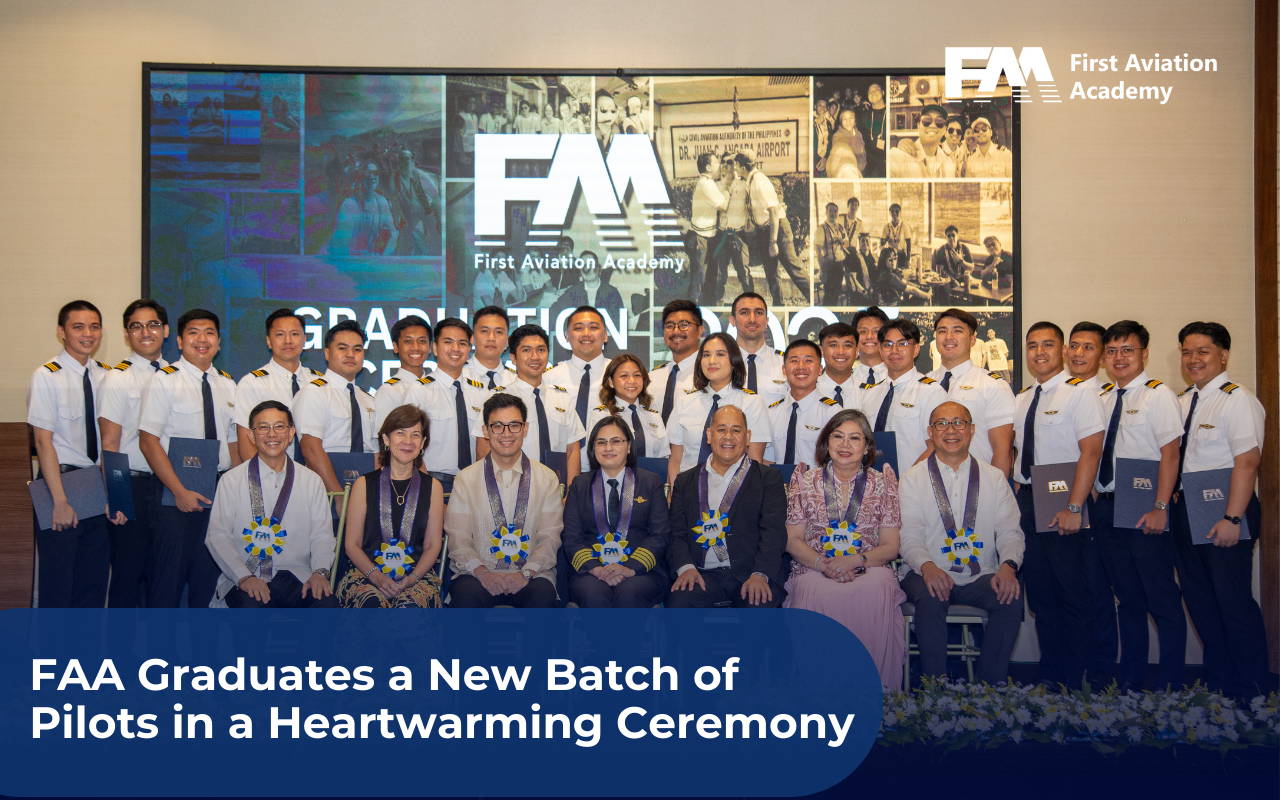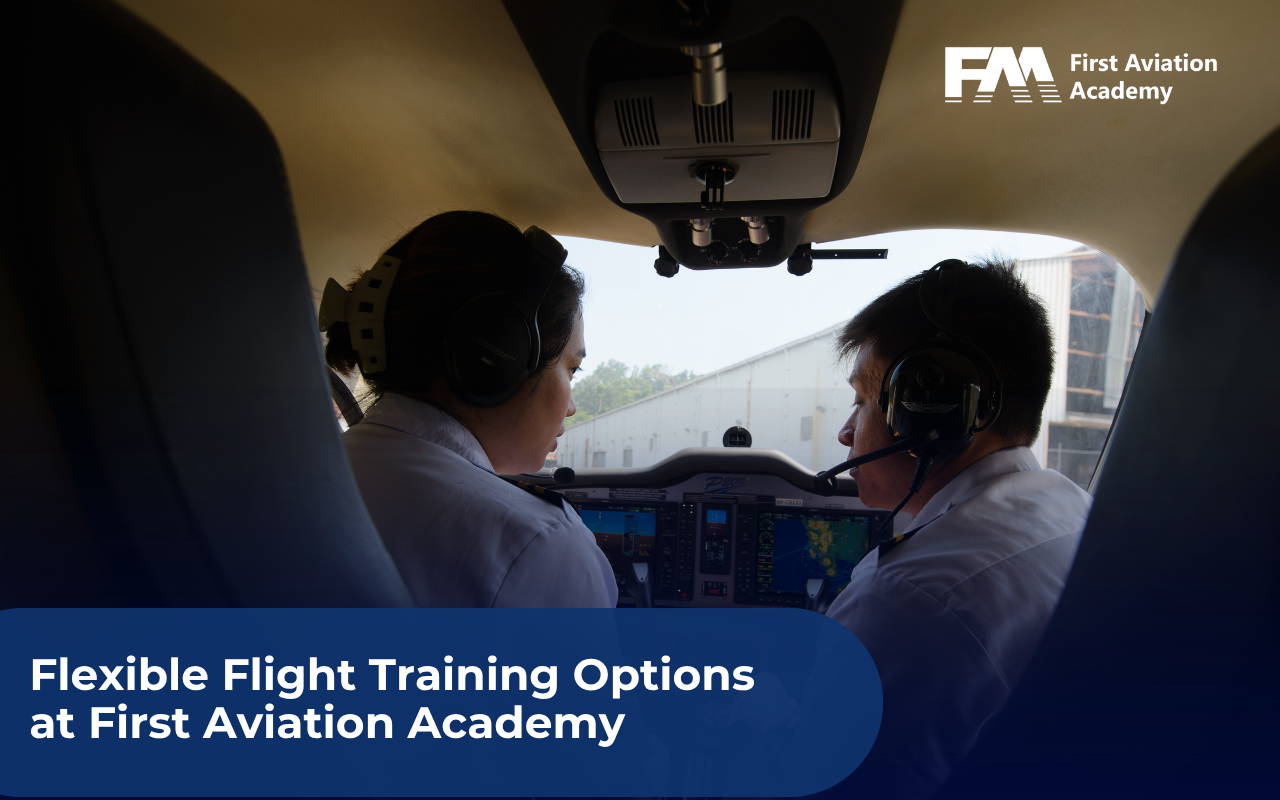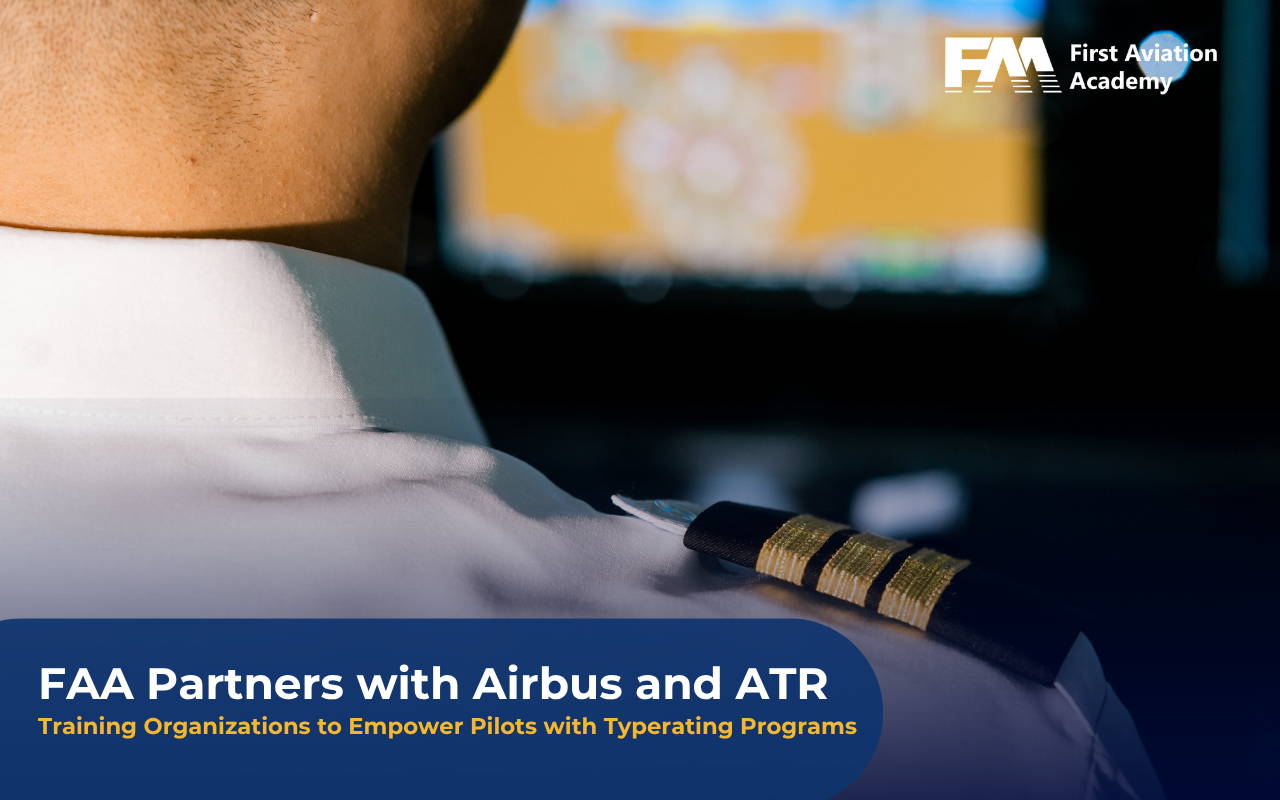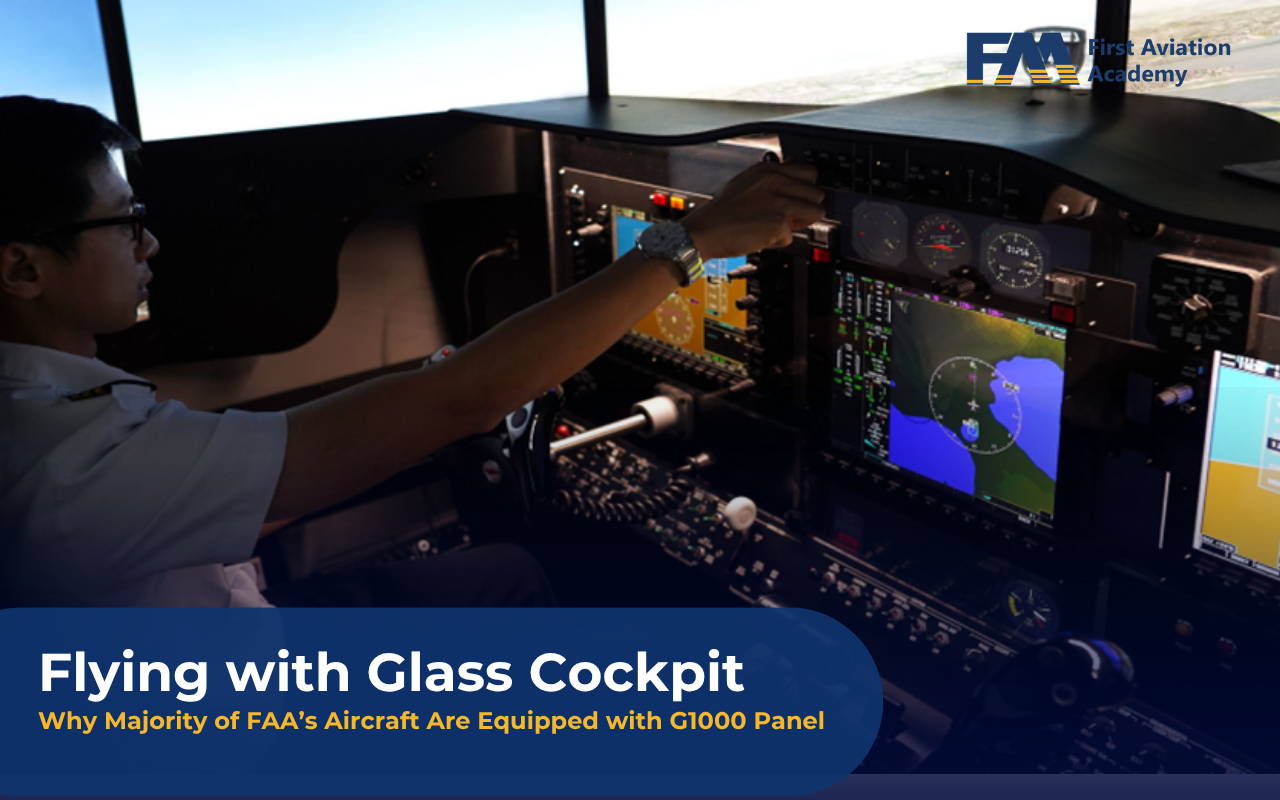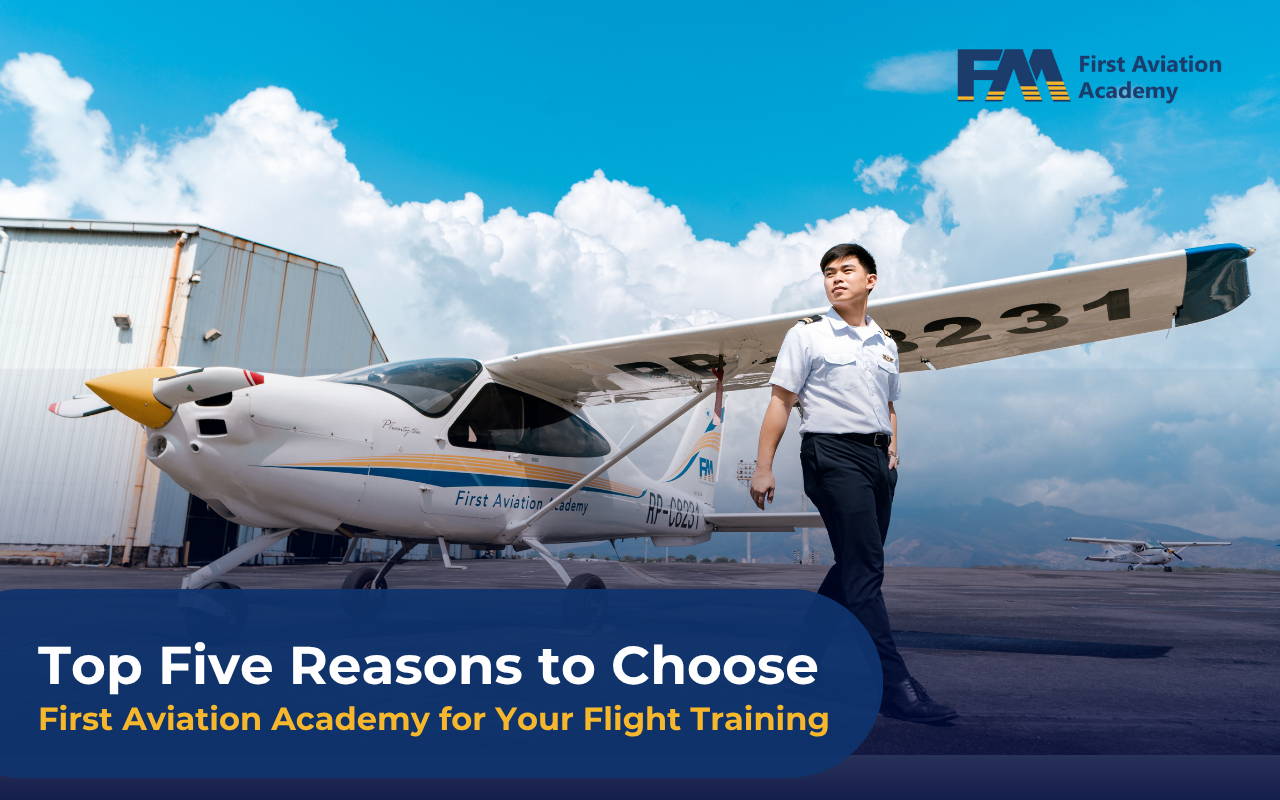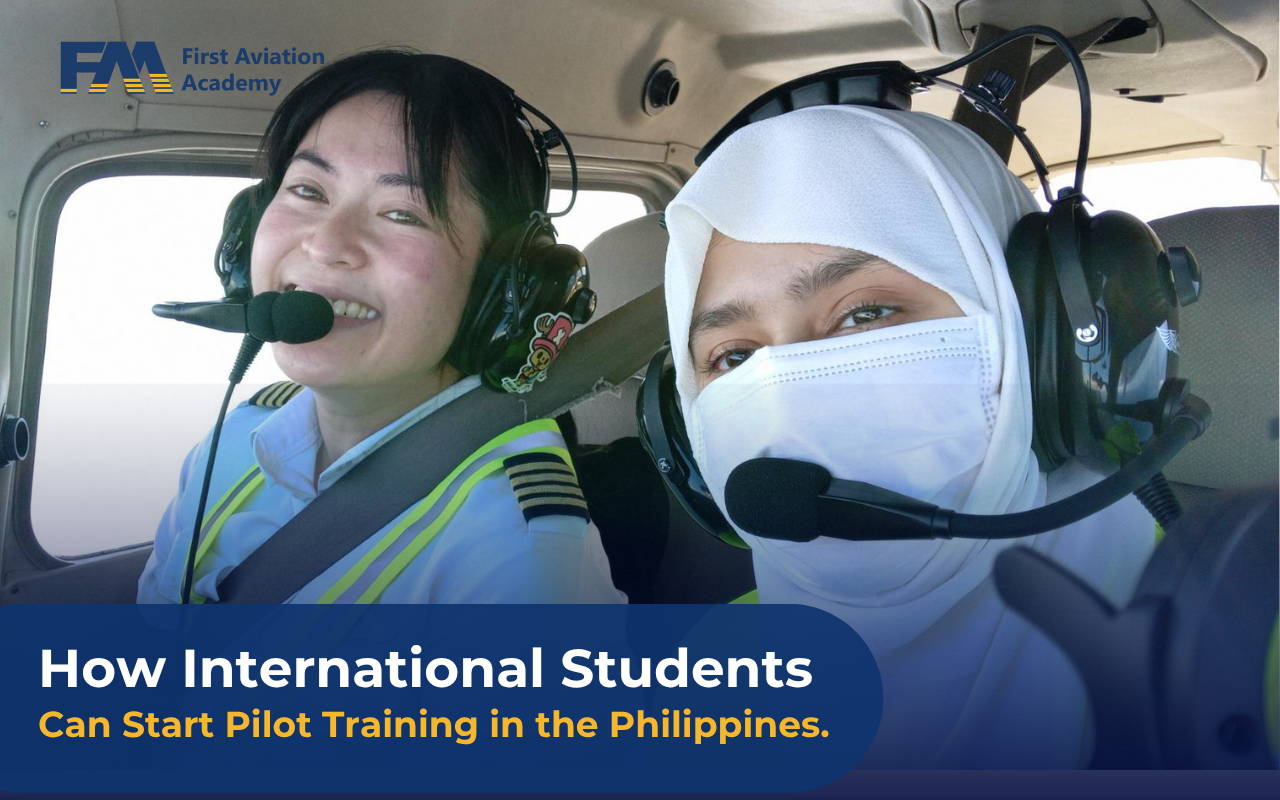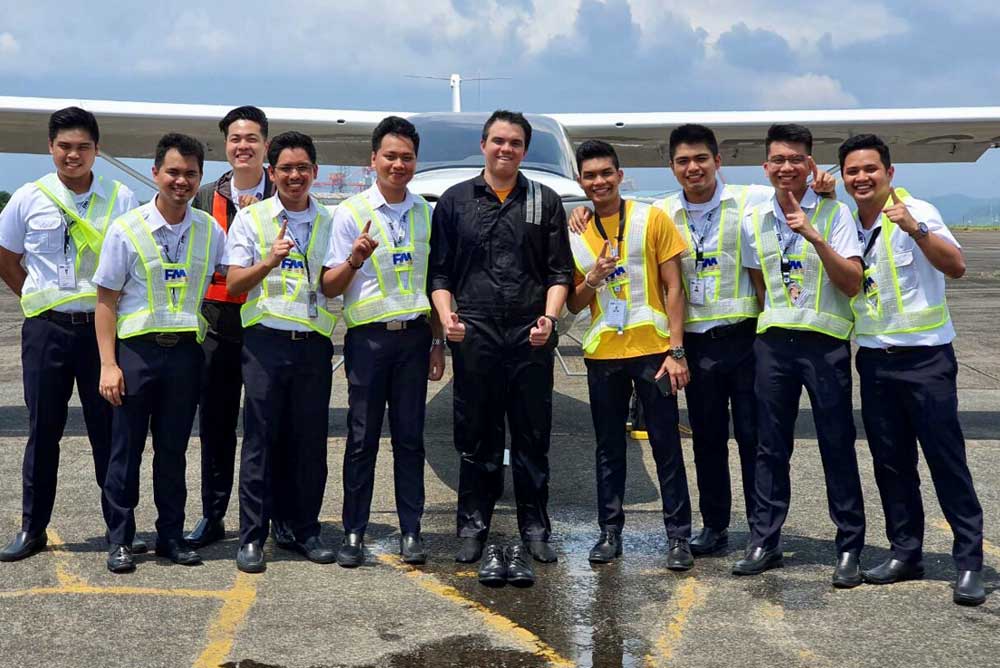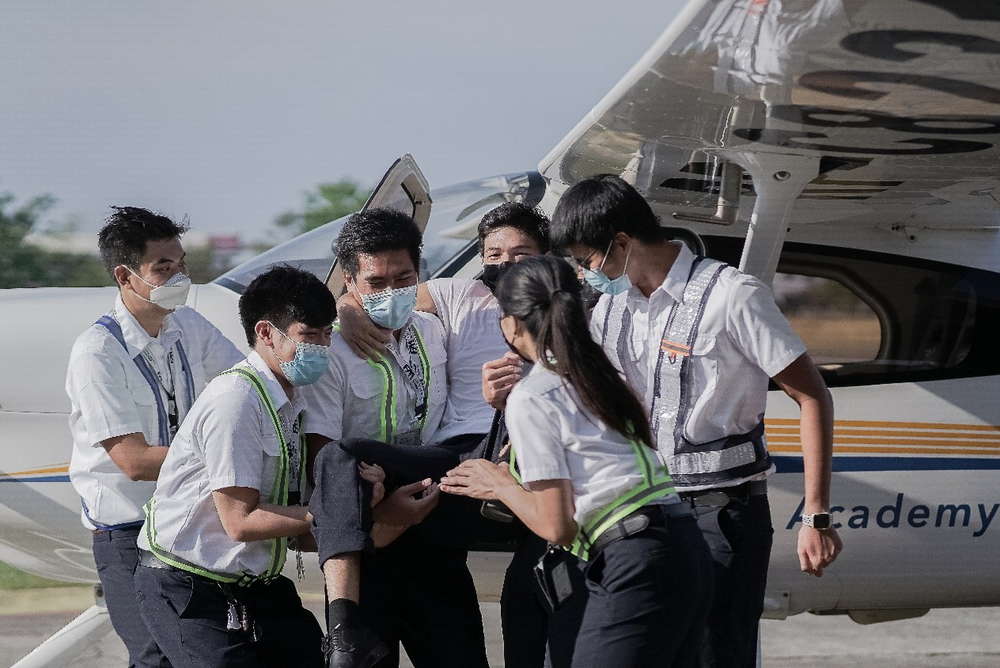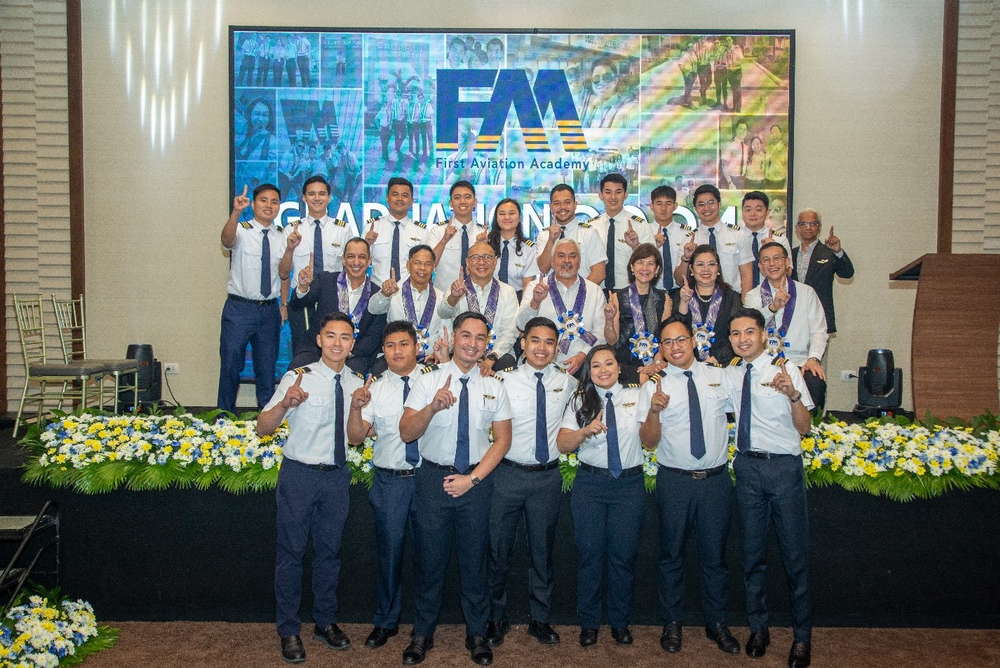
Embarking on a journey to become a pilot is an exciting endeavor and selecting the right training school is a crucial first step.
In the Philippines, there are many flight schools offering pilot training programs, each claiming to be the best. However, finding the ideal institution that aligns with your aspirations, budget, and safety concerns requires careful consideration. Let us help you in finding the best flight school in the Philippines through this comprehensive guide and arrive at an informed decision when choosing the best pilot training school in the Philippines.
a. Civil Aviation Accreditation and Certification
The first criterion to evaluate is the accreditation and certification of the flight school. Ensure that the school is recognized by the Civil Aviation Authority of the Philippines (CAAP) and adheres to international aviation standards. Accredited schools meet rigorous requirements, ensuring a high standard of training and safety protocols.
b. Experienced Flight Instructors who can Mentor
The instructors are the pillars of any pilot training program. Look for qualified flight schools with extensive experienced in flight training and mentoring. Skilled instructors not only impart knowledge effectively but also provide valuable mentorship and guidance throughout your journey.
c. Comprehensive Curriculum
Examine the school’s curriculum to determine its comprehensiveness and relevance. A well-structured program should cover theoretical knowledge, practical flight training, simulator sessions, emergency procedures, and advanced certifications. The curriculum should align with the latest aviation regulations and equip you with the necessary skills for a successful aviation career.
d. Fleet and Training Aircraft
Assess the school’s fleet of training aircraft and their condition. A diverse fleet that includes modern and well-maintained aircraft enhances the training experience and prepares you to handle different aircraft models in the future. A well-equipped flight school ensures that you have ample opportunities to hone your skills on state-of-theart machines.
e. Safety Record and Facilities
Safety should be paramount in aviation, and the flight school’s safety record is a crucial factor to consider. Research the school’s safety history and inquire about their safety protocols and maintenance practices. Additionally, inspect the school’s facilities, including hangars, classrooms, and simulator rooms, to ensure they meet industry standards.
f. Student Support and Training Progression
An excellent flight school provides comprehensive support to its students. Look for schools that offer assistance with student visas, accommodation, and transportation. Moreover, inquire about the school’s track record in supporting graduates’ career progression, whether through partnerships with airlines or job placement programs.
g. Cost and Payment Options
Pilot training can be a significant financial investment. Compare the costs of different training programs, keeping in mind the overall value and quality of education. Additionally, inquire about payment options, possible discounts, and financing opportunities to ease the financial burden.
Choosing the best pilot training school in the Philippines is a decision that will shape your aviation career. By considering factors like accreditation, experienced instructors, comprehensive curriculum, fleet quality, safety record, student support, and cost, you can make an informed choice. Remember that the right flight school will not only provide you with the necessary skills and knowledge but also lay the foundation for a successful and rewarding journey in the world of aviation.

